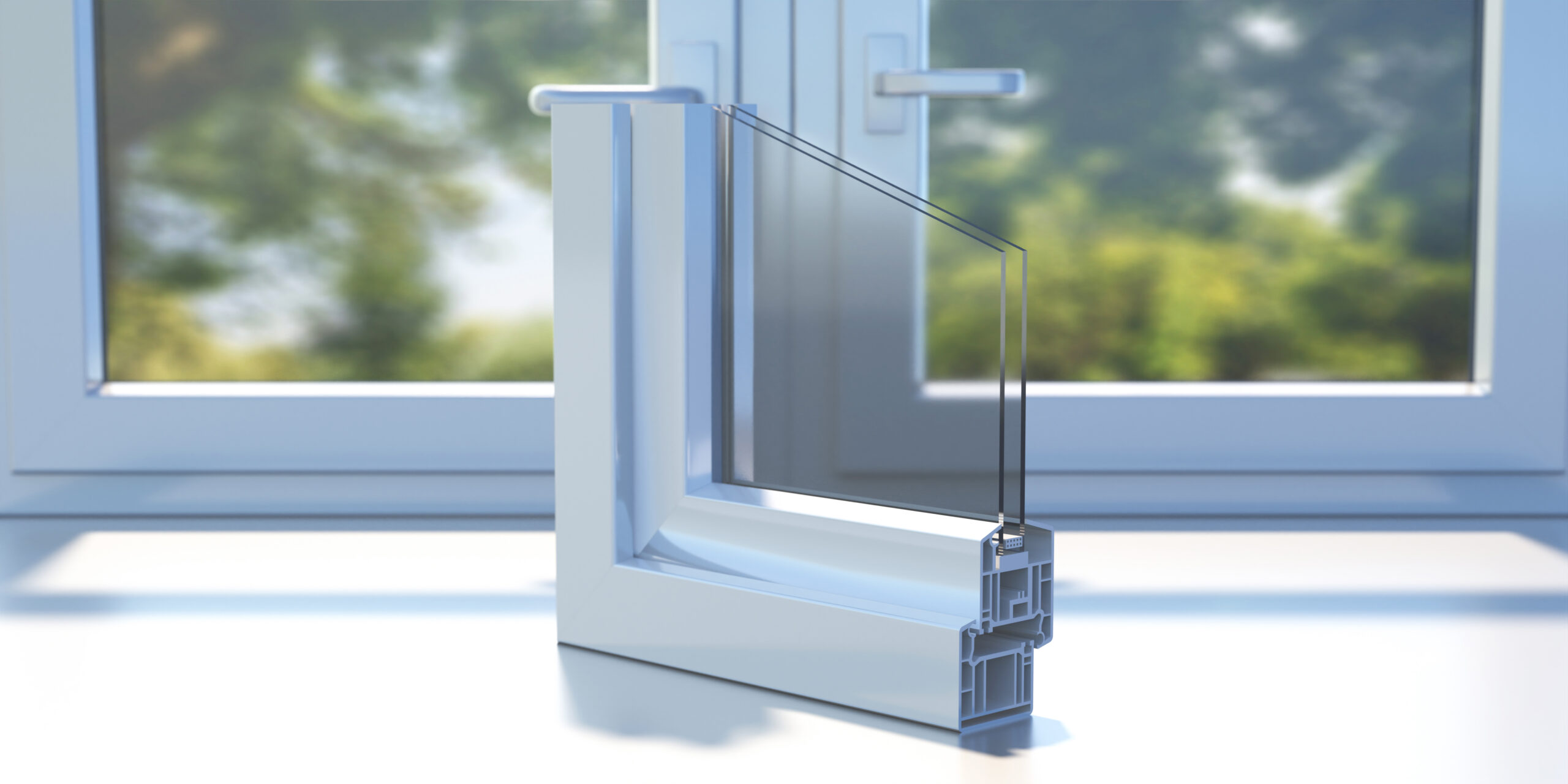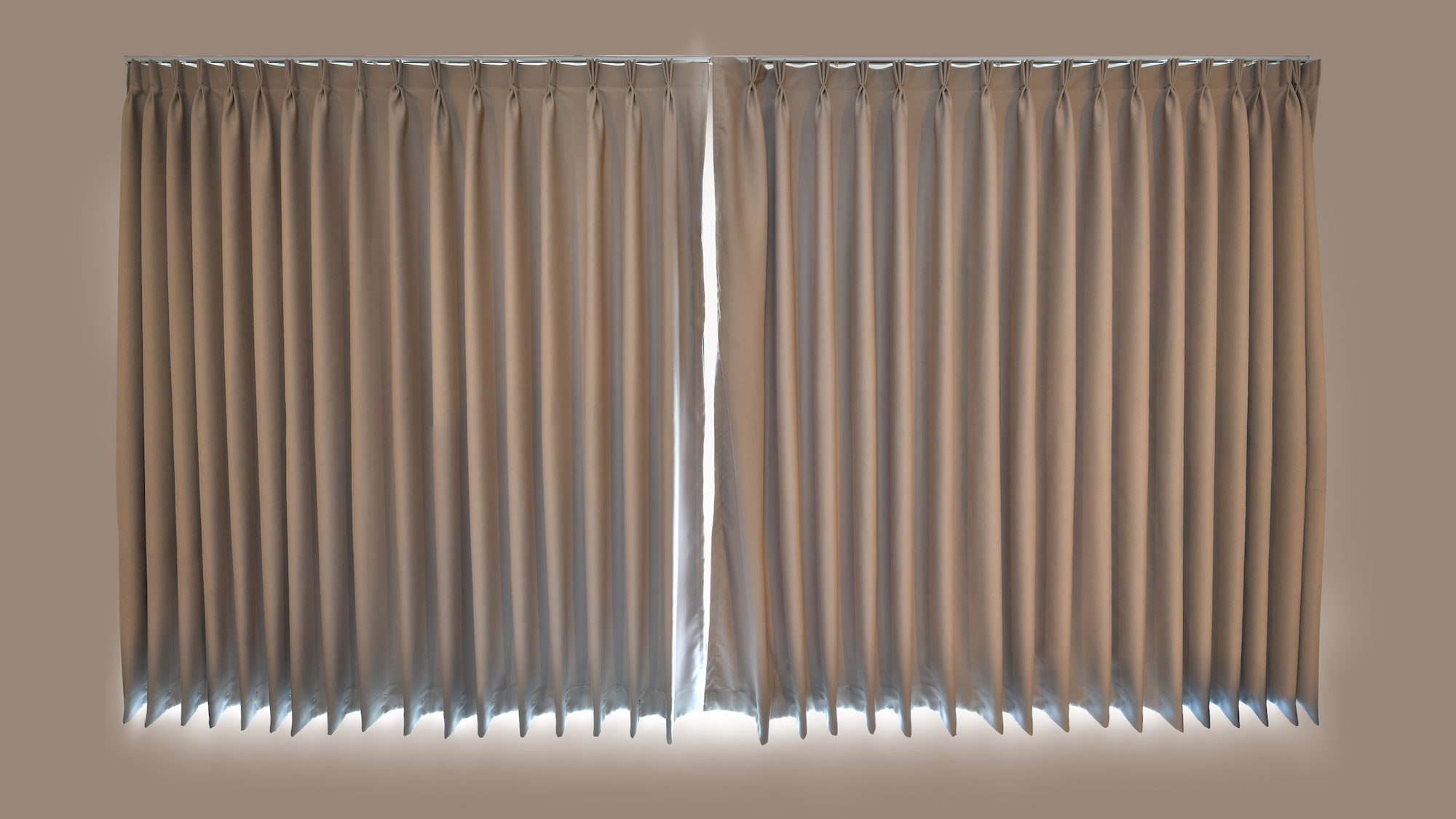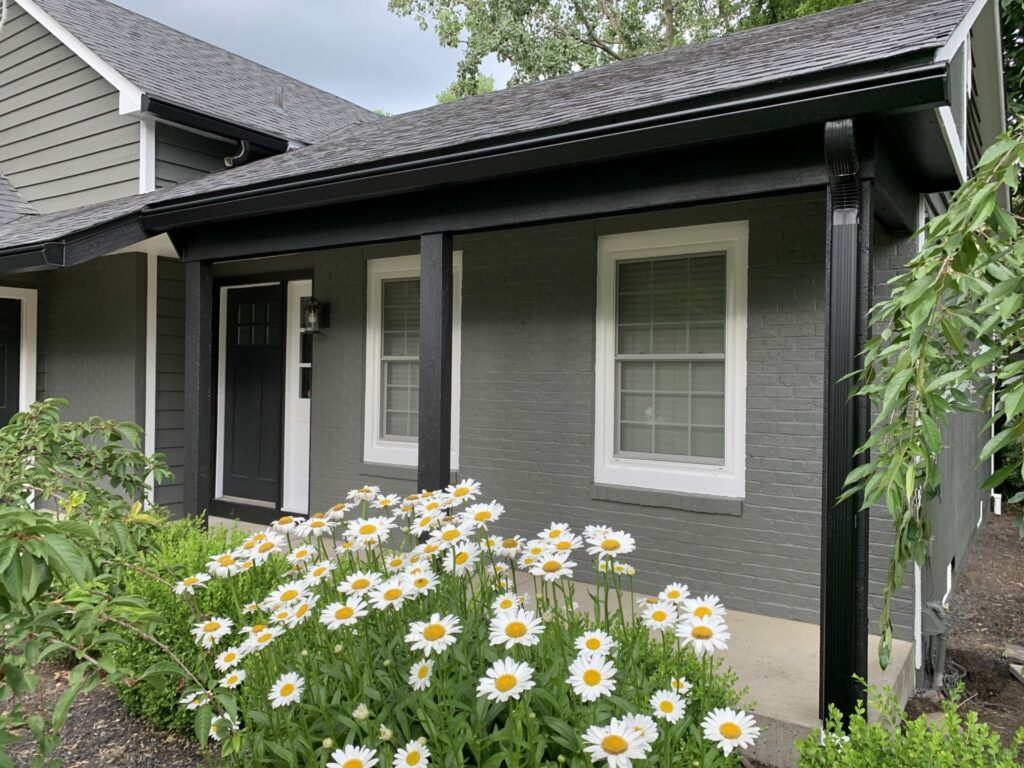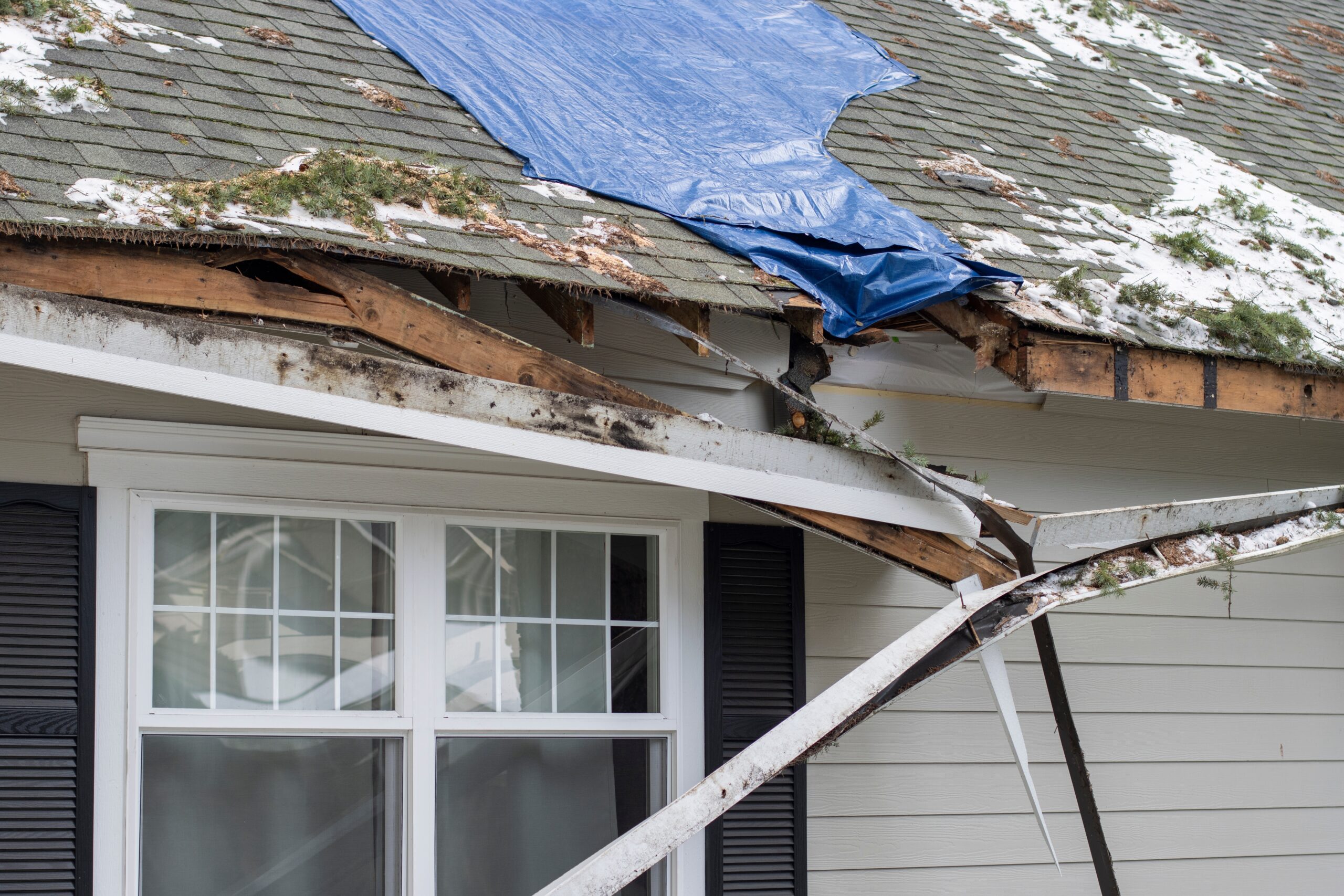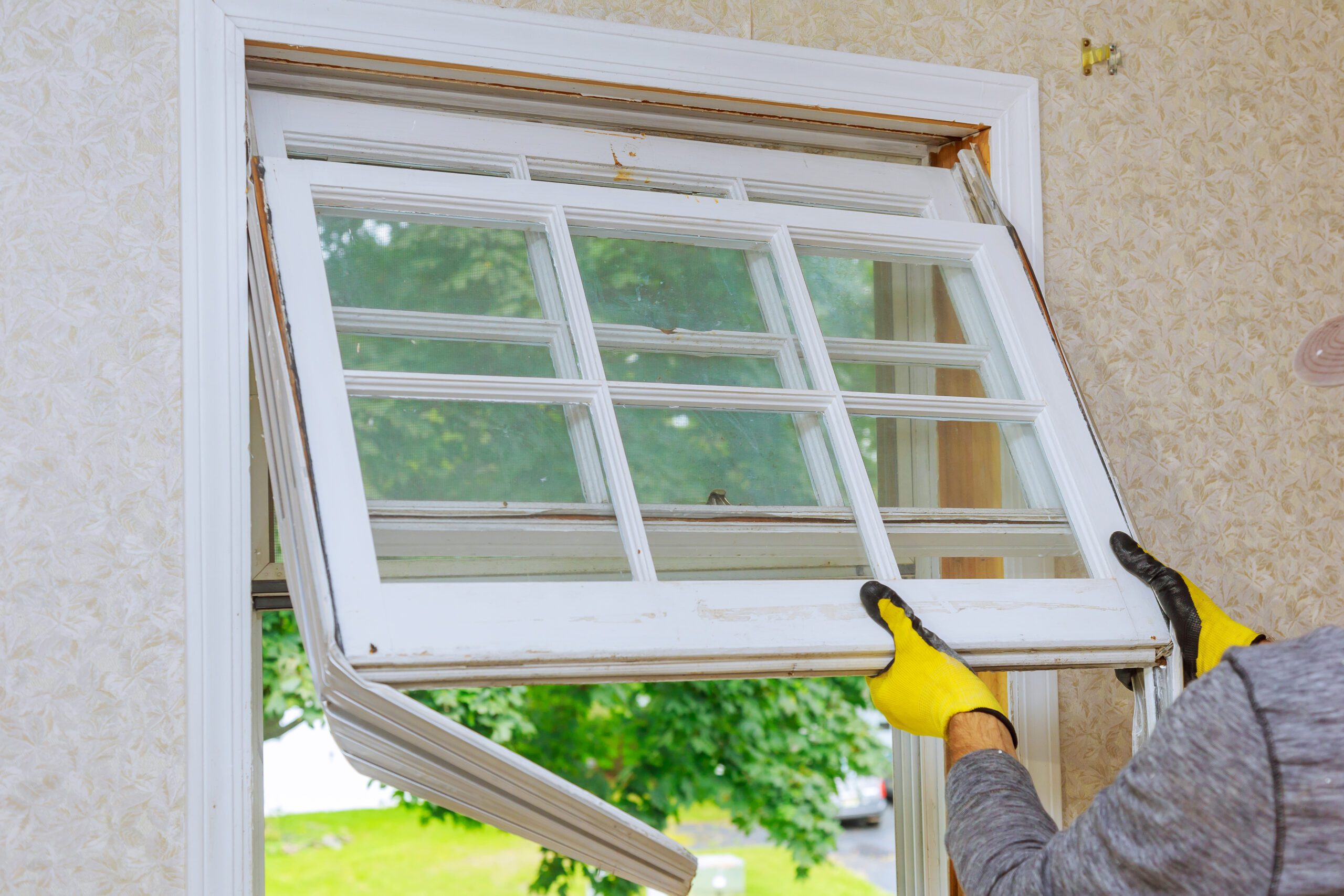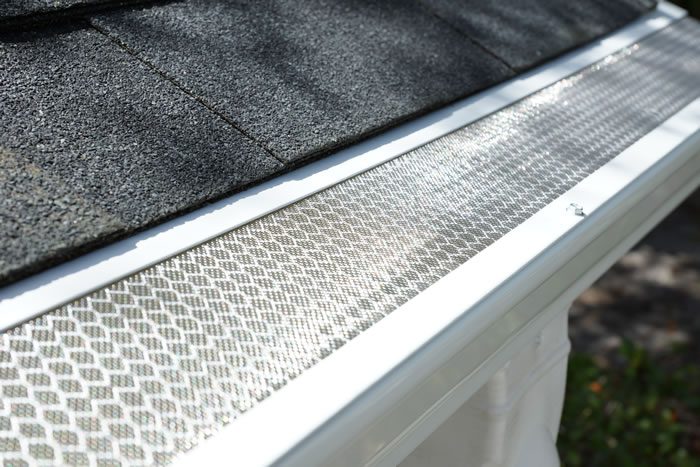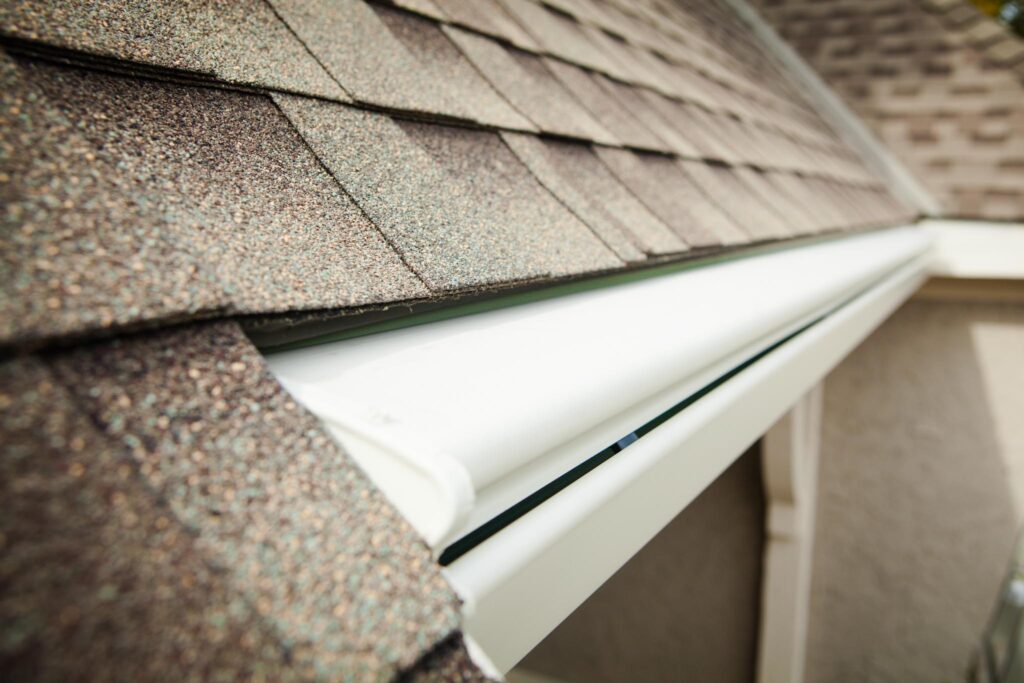
Central Virginia is no stranger to severe weather. From severe summer thunderstorms that produce golf ball-sized hail to snow and ice storms in the winter, our weather is always active here in Lynchburg and surrounding cities. Unfortunately, these storms can damage the exterior of our homes, including the roof, windows, and even the gutter system.
It doesn’t take much for storm damage to occur. Did you know that hail can fall at a speed of 9-40 mph, depending on the size? Likewise, freezing rain that turns into ice can put hundreds of pounds of excess weight on our gutter systems, possibly causing extreme damage. Snow can weigh around 20 lbs per cubic foot, putting extra weight on our home’s exterior components. Wind is also a culprit that often damages gutter systems.
Our gutter systems protect our homes from drainage issues, so keeping them in great shape is important. No matter the season, there’s a potential for storm damage to occur to our homes year-round. Inspecting your home for damage after a storm is paramount to catching damage early rather than letting it go unnoticed. If you’re unsure how to inspect your gutters after a storm, continue reading to learn how to conduct a post-storm inspection so you can catch damage before it gets worse.
What Damage Can Occur to My Gutters?
Knowing that hail, ice, snow accumulation, and strong wind gusts all threaten our gutter systems, let’s discuss the damage that can occur. For one, excess weight from ice, snow, and hail puts unnecessary strain on the gutter system, causing it to tear away from the home. Depending on how your gutters were mounted to your home, this could result in damage that would cost thousands to repair.
Next, your gutter system could start forming ice dams from ice storms and snowstorms. Central Virginia’s snowiest months are January and February, so the potential for more ice and snowstorms is likely. Ice dams are thick, heavy pieces of ice that form on a gutter from snow/ice melting and refreezing. If ice dams are left to sit and collect, they could damage your gutter system and even harm your loved ones.
Your gutter system is also at risk of overflowing if there is too much meltwater, stormwater, or an existing blockage. When there’s too much water for a gutter system to handle or if an existing blockage is mixed with heavy precipitation, water will flow over the sides of the gutters. Overflowing gutters could result in gutters sagging, icy walkways, and even damage to the foundation, siding, and landscaping.
Also, if you have a sectional gutter system, it’s a risk of leaking or separating at the seams. Excess weight from snow, ice dams, and heavy precipitation can put pressure on the seams, loosening the bolts and screws that connect each piece.
How to Conduct a Post-Storm Inspection on Your Gutters
So, what damage should you look for after a storm? And what is a cause for concern? Below are some things to look for when conducting a post-storm inspection on your gutters:
Inspect Your Gutters from the Ground
You don’t necessarily need a ladder and expert equipment to spot storm damage on your gutter system. You can start by inspecting your gutters from the ground; look for gaps in the seams, missing pieces, sagging, dents, and corrosion.
Check for Leaks
Checking for leaks is important to avoid basement leaks, foundation damage, structural damage, interior leaks, and damage to the soffit and fascia boards. Wait for a day when the snow is melting or when a storm passes and it’s safe to inspect. You’ll want to check the gutters and downspouts for leaks, especially at the seams and joints.
Remove Storm Debris
It’s recommended that you clean your gutter system at least two times per year, more if trees surround your roofline. It’s also a great idea to remove storm debris following a severe storm to ensure no clogs have formed. Remove leaves, tree branches, pine needles, etc. Keeping gutters clean is paramount to keeping them functioning properly. Clogged gutters can cause a lot of damage that can easily be avoided by removing storm debris.
Contact a Professional
If you notice any gaps in the seams, missing pieces, sagging, dents, corrosion, overflowing gutters, or any other signs of damage, contact a professional gutter installation company. They can assess damage and let you know if it can be repaired or needs replacing.
K-Guard’s Warranty for Storm Damage
Do you want peace of mind knowing you’ll never need to worry about spending thousands repairing storm damage on your gutter system? The K-Guard Leaf Free Gutter System has a lifetime warranty on the entire system, meaning it’s covered for life.
Unlike many gutter systems with limited lifetime warranties, Home Evolutions VA’s K-Guard System has a lifetime warranty, meaning every part of the complete system is guaranteed for life. The gutters, hood, and brackets are protected, along with a no-clog warranty!
K-Guard is so durable that it can withstand all weather conditions, including heavy snow, ice storms, heavy precipitation, hail, and high wind speeds. If you suspect storm damage, contact us for a free inspection.
Home Evolutions VA has been installing and repairing gutter systems for decades with thousands of happy customers in Lynchburg and surrounding areas. We can help with all your home improvement needs, whether you need help with an insurance claim or a quote for installing a new roof or gutter system. We’re here to help every step of the way throughout the entire process. Contact us today for a free estimate!

